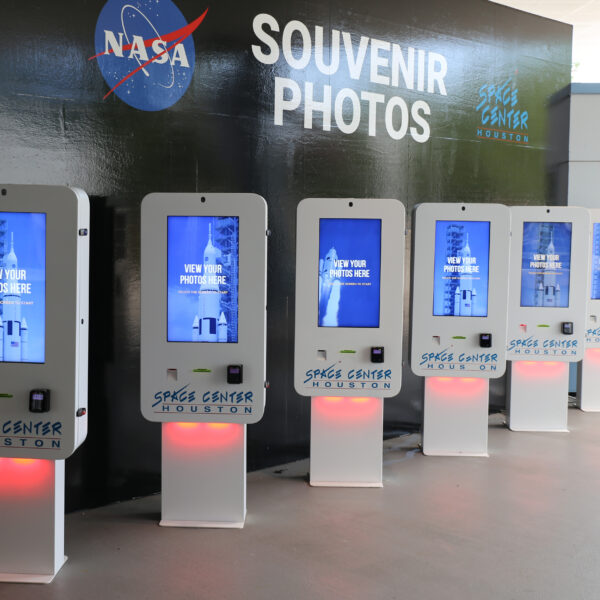
Kiosks
Close
Kiosk Industries


In the world of retail, effective product presentation can make all the difference in brand awareness and sales. But have you ever wondered what goes into manufacturing those captivating in-store displays?
Behind every retail display lies a meticulous design process. From the initial first questions and design to engineering, prototype, and production, we discuss what to expect when it comes to the retail display design process.
When first sitting down to discuss a retail display program, a display manufacturer will come with a laundry list of questions. Being thorough in the initial stage means the following phases will be more efficient. Below is a sampling of common questions we ask at the beginning of discussions.
More questions will arise during discussions, but being prepared to answer these main topic points will help lay groundwork for the design phase.
Once all the details are established in the preliminary discussions, the retail display design process can begin.
Armed with the answers to the questions above, designers begin on a first round of designs. Because cost is also an important factor, designers often must be closet estimators (or work closely with an in-house estimator) to ensure materials and processes in the design meet the expected budget.
They’ll often need to weigh features against the cost. For example, can a display show woodgrain or patterns or are solid colors more in line with the cost projection? Can a lighting feature or monitor be added without going over budget?
Knowing the quantity comes in handy here, too. It can determine if certain pieces can be made by hand to keep costs low or if tooling costs might need to be factored in for larger runs.
After the first round of designs, clients may want to combine features from multiple concepts, so display designs frequently have a second iteration.
In the end, the designer needs to be mindful of many factors to make a design that looks good, works well, and doesn’t cost too much to make.
Once a retail display design is settled on, engineering a prototype begins. Prototypes are an important part of the process as they provide a tangible representation of the design concept and allow clients to see, touch, and test functionality of the proposed display.
When engineering is complete, a review takes place between the client and the manufacturing team. Lastly, the prototype is fully assembled and reviewed internally before presented to the client. Minor revisions can still be made in this phase to ensure the final production run meets all expectations.
The last step is when the client signs off on the production run. And with that, the store displays are shipped to their final retail sites.
While designing and manufacturing retail displays can take time, a good display manufacturer will simplify the experience by asking the right questions, staying conscious of costs, and keeping the client involved through every step of the retail display design process.